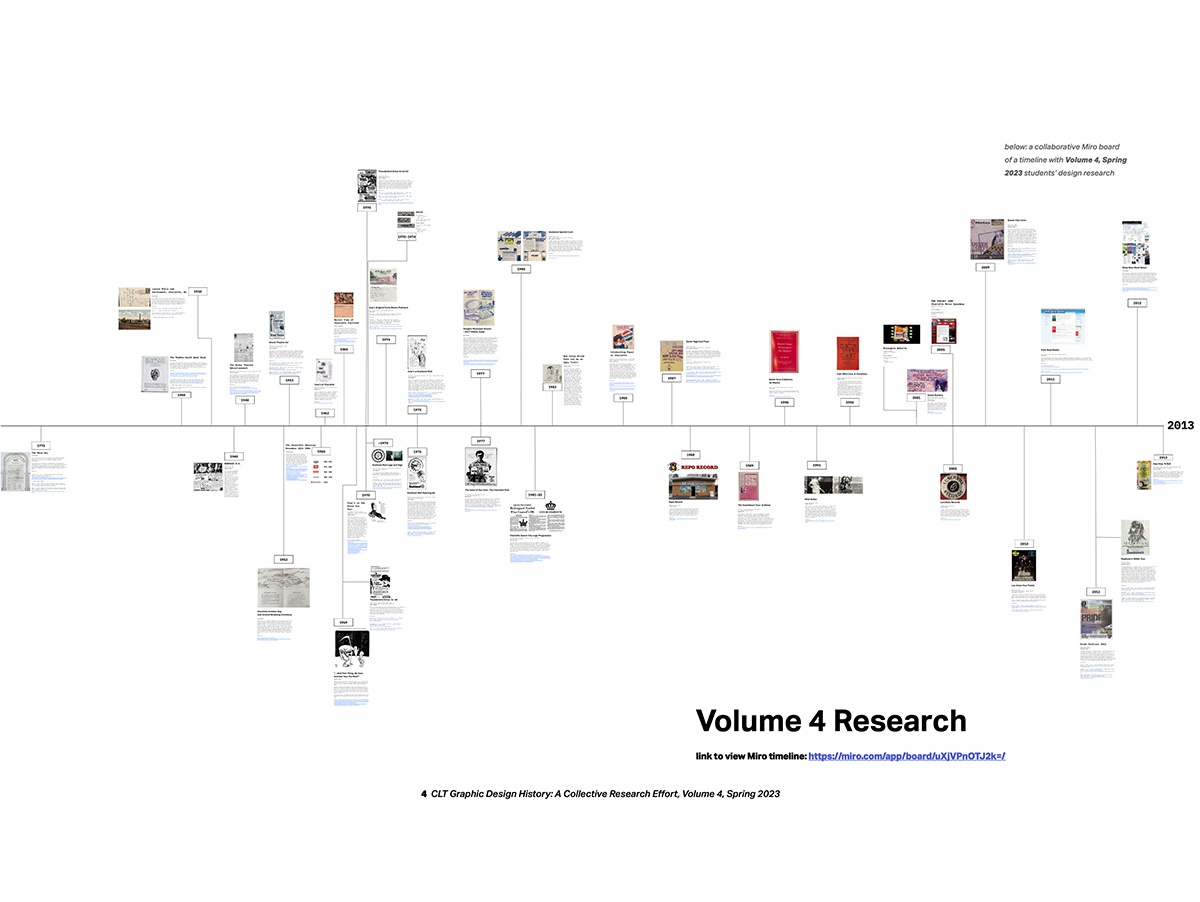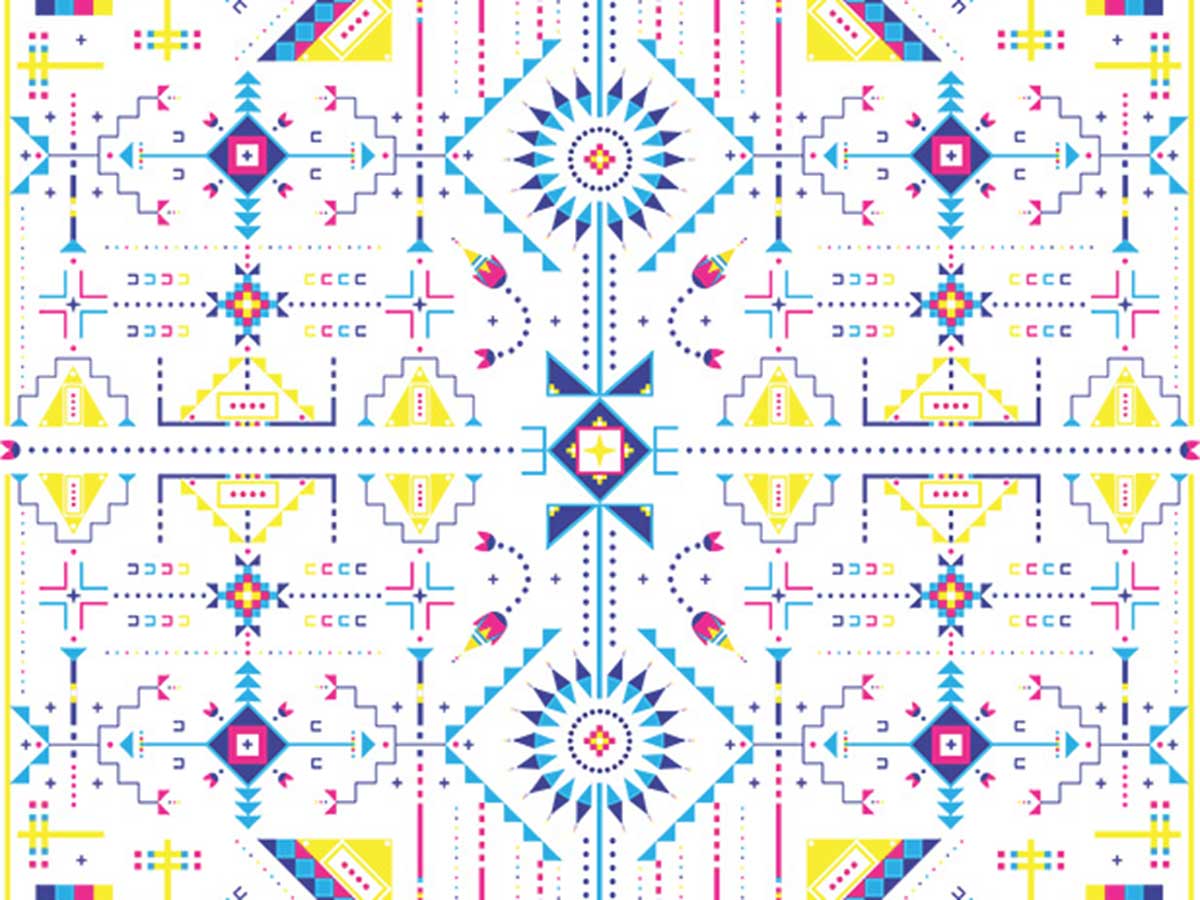Christina Singer
Assistant Professor
University of North Carolina at Charlotte
Undergraduate Design Research students at UNC Charlotte have been investigating local graphic design history as part of an ongoing project since Fall 2021. What artifacts do students decide to illuminate, and why? This presentation clusters and analyzes 183 local graphic design artifacts and topics that 61 students have chosen to research, write about, and contribute to the People’s Graphic Design Archive. The project teaches students about biases and factors that contribute to who and what has been included in graphic design history. Students visit local and online archives, and conduct research online to contextualize their artifacts in local and graphic design history. Through this process, students research ways of making, social movements, and graphic design history in order to construct and write a story for each artifact. Students review each other’s writing and create a class book, which combines their essays and sources with a collaborative timeline of the local graphic design artifacts they selected to research. The collection of individual choices that students make regarding what they choose to contribute to the PGDA’s effort to democratize design history has become a separate topic of inquiry for both research and pedagogical purposes. This presentation analyzes the students’ choices and the stories they tell.
This design research was presented at Design Incubation Colloquium 10.2: Annual CAA Conference 2024 (Hybrid) on Thursday, February 15, 2024.


